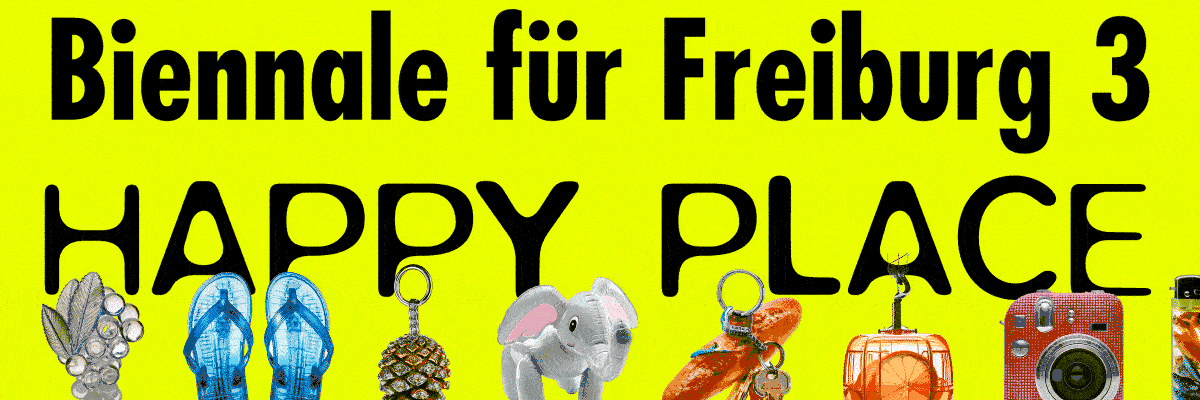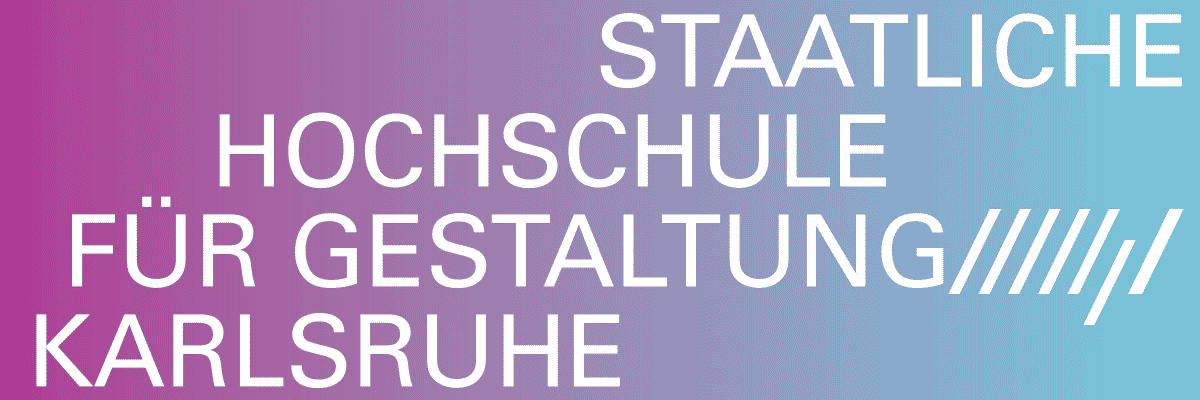
Vojtěch Hrubant and Alžběta Baštová
Fragile Liaisons
Project Info
- 💙 Bold Gallery Prague
- 💚 Adam Hnojil
- 🖤 Vojtěch Hrubant and Alžběta Baštová
- 💜 Adam Hnojil
Share on

Advertisement


Vojtěch Hrubant /Rider / 2025 / concrete /50 x 50 cm

Alžběta Baštová / Canopy / 2025 / acrylic on canvas / 210 x 120 cm

Alžběta Baštová / Evening / 2025 / acrylic on canvas / 110 x 150 cm


Alžběta Baštová / Beekeeper / 2025 / acrylic on canvas / 110 x 170 cm

Vojtěch Hrubant / Hunting / 2025 / terracotta / 150 x 150 cm



Vojtěch Hrubant / With Hands and Feet /concrete /150 x 150 cm
At first glance, the work of Alžběta Baštová and Vojtěch Hrubant seems to exist in separate worlds that can hardly meet. Alžbeta's expressive painting, full of inner turmoil and symbolic scenes, seems to contrast with Vojtěch's structured sculptural and graphic experiments. These often oscillate between precisely defined form and abstraction. Yet a common tension emerges in their works. A tension between the visible and the hidden, a tension between order and chaos. Both artists grapple with the question of artistic identity, albeit in different ways. Lisa understands it as a constant transformation in a stream of emotions and personal experiences, whose visual form only takes shape on the canvas in a raw gesture. Vojtěch, on the other hand, seeks identity in the material, in archetypal symbols and patterns that recur throughout human culture. His work tends towards reduction, essential forms, archetypes, and often works with humour and absurdity. Each, in their own way, demonstrates that identity is not fixed - it is a constant process of movement, as is the artistic process itself.
Movement is another link between their work. While Lisa works spontaneously, with the intense energy of the moment, in Vojtěch's work movement is hidden in the possibilities of the material, in the rhythmic repetition of lines and layers, in the tension between light and shadow. Each work, though seemingly static, tells a story of constant change. The relationship to space is also a specific aspect. Lisa fills the space of the canvas with colour and gesture. She creates worlds that absorb the viewer with their intensity. Vojtěch, on the other hand, works with space physically - his sculptures and prints have a dimension that the viewer perceives tactilely and visually. Both artists thus address in different ways the permeability of the boundaries between image, object and the viewer's body. Their different rhythms are paradoxically complementary, creating a dynamic dialogue between them. Another important motif is the phenomenon of collecting and surrounding oneself with objects, which has a special meaning for both artists. Their fascinations often overlap, seemingly spontaneously, as if guided by the principle of synchronicity. The discovery of the same inspirations and motifs, independently of each other, creates an invisible network of connections that strengthens their dialogue. The common work of the exhibition is an architectural object that functions as a repository of their inspirations. This space reflects a subconscious selective sieve that determines what goes beyond its walls and what stays outside, from the vast amount of stimuli.
Together they have created an architectural object that functions as a physical space for their dialogue. The object, which evokes a spiritually illuminated and mysterious space, is filled with found objects that are close to them. Often everyday objects with their own history and meaning, they have become part of their artistic statement. This gesture deepens their relationship with material, memory and the process of creation. As in Plato's allegory of the cave, ordinary things appear in a new light, transformed by light and space, which gives them a new meaning. The search for one's own being is fulfilled here through objects that reveal the truth of being through their presence and history. At the same time, the play of linguistic meanings comes to life in a situation where the viewer has to perceive the objects outside their original function in order to understand them in a new context.
Within the exhibition, the object symbolises the physical space of their dialogue. The object evokes a mysterious, spiritually illuminated space filled with found objects that have a special meaning for both. Each object represents a certain value, something that has transcended selection and takes on different meanings in a new context. Finally, the common denominator of their work is a form of existential tension. Through introspective painting, Alžběta explores the limits of spiritual experience, while Vojtěch analyses the boundaries between man, structure and the natural order. Both, however, touch on a deeper question: where is the boundary between what we can grasp and what remains unnameable?
The exhibition Fragile Liaisons is Alžbě therefore not just a meeting of two artists, but rather a mapping of the invisible connections between their work. It shows that art is not necessarily about formal similarities, but about a shared tension between the concrete and the indeterminate.
Adam Hnojil




